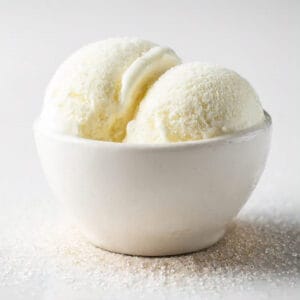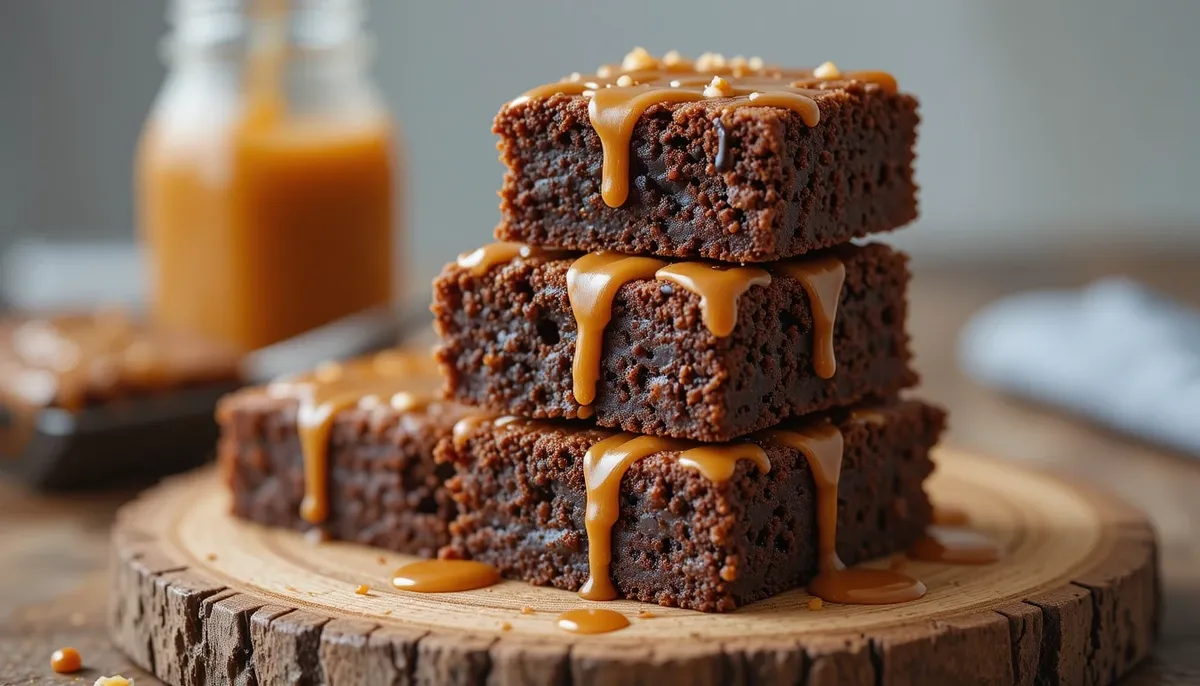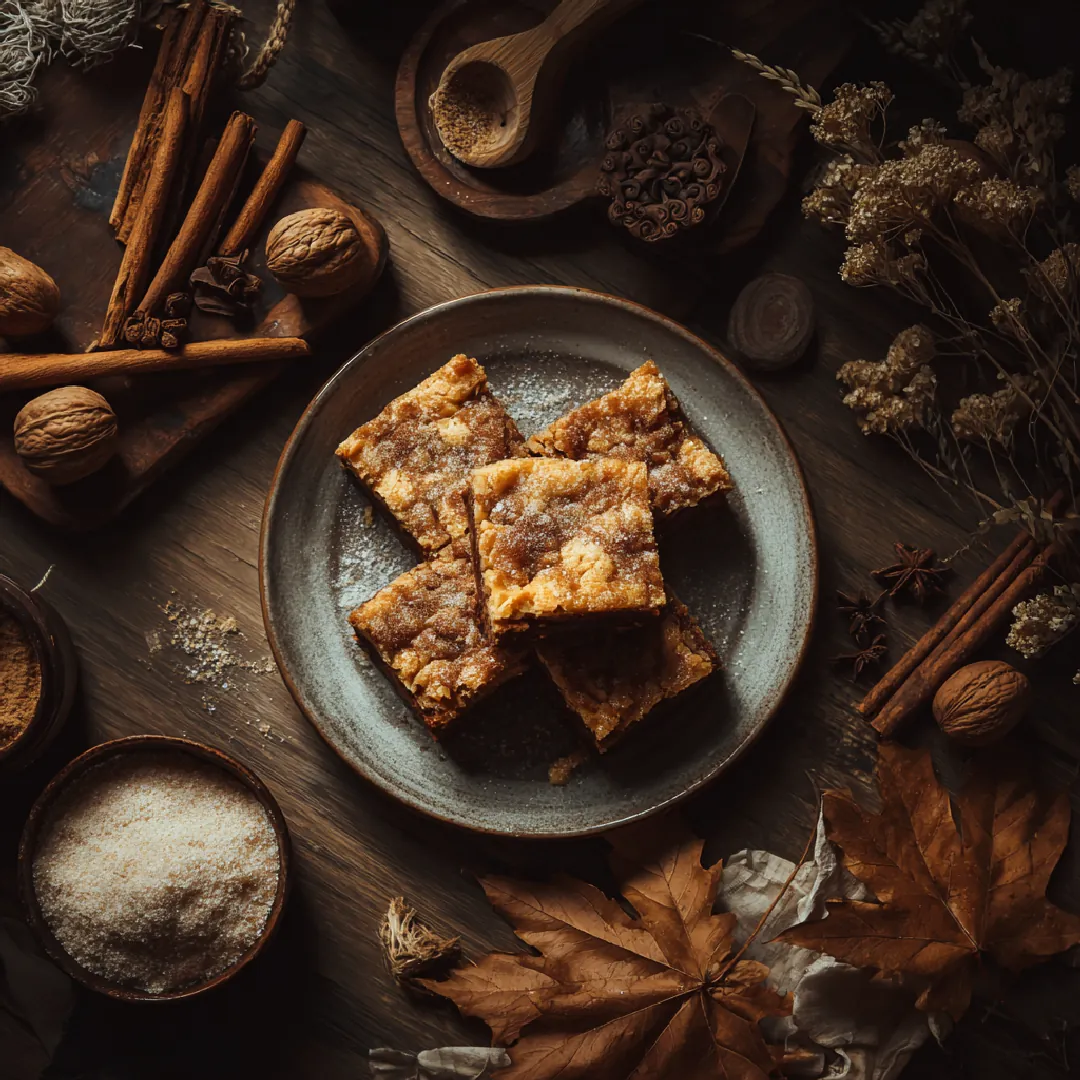Table of Contents
Introduction
What is the best sugar to use for ice cream? It’s a question every ice cream enthusiast asks when striving for that perfect scoop. Sugar does more than sweeten; it determines the texture, freezing consistency, and overall quality of ice cream. From granulated sugar to modern alternatives like honey or stevia, understanding sugar’s role can elevate your dessert-making game.
In ice cream making, sugar is essential for creating a smooth and creamy texture, enhancing flavors, and ensuring that the dessert freezes to the ideal consistency. The choice of sugar can dramatically influence the taste, texture, and overall quality of your ice cream. From traditional granulated sugar to modern alternatives like stevia and monk fruit, the options can feel overwhelming.
In this article, we will dive into the role sugar plays in ice cream, explore the various types of sugars available, and help you decide which is the best for your homemade or commercial recipes. Whether you’re a novice or an ice cream aficionado, understanding the science and art of sugar selection will elevate your creations to the next level.
The Role of Sugar in Ice Cream
Sugar is far more than just a sweetener in ice cream; it’s a critical ingredient that ensures your frozen treat has the ideal balance of flavor, texture, and stability. Let’s delve into the key functions sugar serves in the ice cream-making process.
Sweetness and Flavor
At its core, sugar provides the sweet flavor we all associate with ice cream. However, it also enhances the overall taste profile by balancing bitterness or acidity from ingredients such as cocoa, coffee, or fruit. The right amount of sugar allows these flavors to shine without overpowering them.
For example:
- In chocolate ice cream, sugar offsets the natural bitterness of cocoa powder.
- In citrus-based flavors, it balances the tartness for a well-rounded taste.
Texture and Consistency
One of sugar’s most important roles is lowering the freezing point of the ice cream mixture. This prevents the mixture from freezing solid, allowing it to remain creamy and scoopable even at very low temperatures. Without sugar, ice cream would become an unappetizing block of ice.
Key points about sugar and texture:
- It ensures the formation of small ice crystals, which contribute to smoothness.
- It creates a softer consistency that melts evenly in the mouth.
Stabilization
Sugar contributes to the stability of the ice cream base by interacting with proteins and fats. This stabilizing effect ensures a uniform mixture during churning and freezing, reducing the likelihood of separation. It also helps emulsify the base, giving the final product a consistent and luscious feel.
Impact on Freezing Time
The more sugar you use, the longer it takes for the ice cream to freeze. This is particularly important for avoiding overly hard textures. However, using too much sugar can have the opposite effect, resulting in an overly soft or even slushy consistency. Striking the right balance is key.
Types of Sugar Used in Ice Cream
The type of sugar you use can significantly impact the flavor, texture, and overall quality of your ice cream. Below, we explore the most common types of sugars and their specific effects in ice cream recipes.
Granulated White Sugar
Granulated white sugar is the most traditional and widely used option in ice cream making. Its neutral flavor makes it an excellent base for any ice cream recipe, whether you’re creating classic vanilla or a more complex flavor.
Advantages of granulated white sugar:
- Dissolves easily in the ice cream mixture.
- Does not alter the flavor profile, letting other ingredients shine.
- Readily available and cost-effective.
Cane Sugar vs. Beet Sugar
Granulated sugar can be derived from two primary sources: sugarcane and sugar beets. While both types are chemically similar, subtle differences can affect the taste of your ice cream.
- Cane sugar: Known for its slightly richer flavor and higher consistency in quality.
- Beet sugar: May impart faint off-flavors in some recipes, especially in lighter ice cream bases.
For premium ice cream recipes, cane sugar is often preferred due to its superior flavor and versatility.
Brown Sugar
Brown sugar, containing molasses, adds a deeper and more complex sweetness to ice cream. It’s particularly popular in recipes where caramel, toffee, or butterscotch flavors are desired.
Best uses for brown sugar in ice cream:
- Complementing flavors like cinnamon, coffee, or pecan.
- Adding a slight chewiness to the texture due to its hygroscopic nature (ability to retain moisture).
Brown sugar is slightly less sweet than white sugar, so adjustments to the recipe may be needed.
Inverted Sugar Syrups
Inverted sugars, such as corn syrup, glucose syrup, honey, and golden syrup, are commonly used in ice cream for their ability to prevent crystallization. They work alongside granulated sugar to improve smoothness and mouthfeel.
Why use inverted sugars?
- Prevent the formation of large ice crystals.
- Enhance the creamy texture.
- Provide a slightly softer consistency, ideal for scoopable ice cream.
Honey and golden syrup, in particular, can add unique floral or buttery undertones to your recipes. However, their stronger flavors may not be suitable for all ice cream bases.
Raw Sugars
Raw sugars, such as turbinado or demerara, have larger crystals and a natural molasses content. They bring a subtle complexity to ice cream but may require extra steps to ensure they dissolve completely in the mixture.
Pros of raw sugars:
- Rich, earthy sweetness that enhances rustic or gourmet ice cream flavors.
- Adds character to recipes like caramel or chocolate chip ice cream.
Cons:
- Coarser granules may not dissolve easily without heating.
- The molasses flavor may not pair well with delicate flavors like vanilla or strawberry.
Alternative Sweeteners for Ice Cream
While traditional sugars remain popular in ice cream recipes, alternative sweeteners have gained traction due to dietary preferences, health concerns, or the desire for unique flavors. These alternatives can enhance your ice cream while offering a variety of benefits.
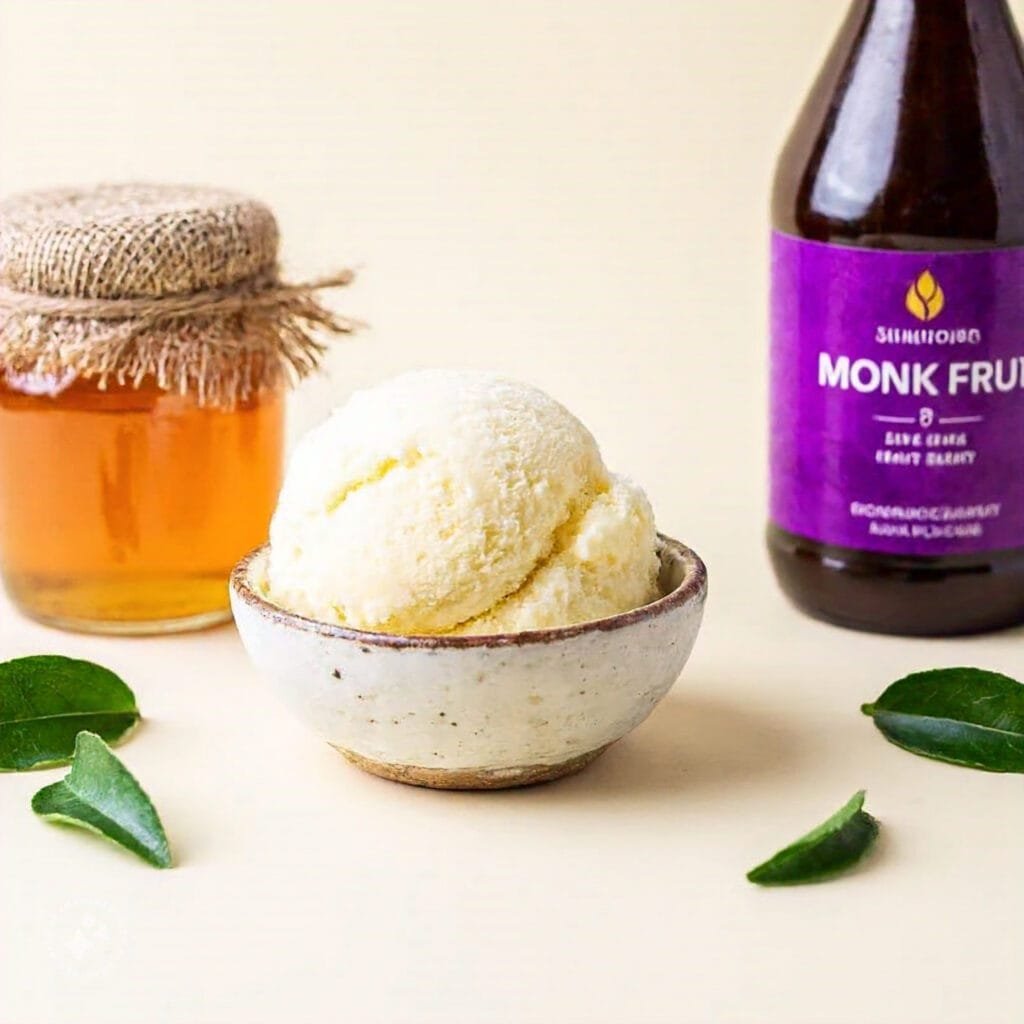
Honey
Honey is a natural sweetener that adds a distinctive floral or fruity note to ice cream. Its liquid form also contributes to the smoothness of the texture.
Advantages of using honey in ice cream:
- Natural antimicrobial properties that can extend shelf life.
- Acts as an inverted sugar, preventing crystallization.
- Pairs well with flavors like lavender, lemon, or pistachio.
Considerations:
Honey is sweeter than granulated sugar, so you’ll need to adjust the quantity to avoid overpowering the flavor. Additionally, its strong taste may not suit all recipes.
Agave Syrup
Extracted from the agave plant, this syrup is a popular choice for vegan or health-conscious recipes. Its neutral flavor makes it a versatile option for various ice cream bases.
Benefits of agave syrup:
- Low glycemic index, making it a preferred choice for those watching blood sugar levels.
- Easy to mix into the base due to its liquid form.
- Works well in tropical or fruity flavors like mango or coconut.
However, agave syrup is sweeter than granulated sugar, so use it sparingly to maintain balance.
Stevia
Stevia, derived from the Stevia rebaudiana plant, is a zero-calorie sweetener that has become a popular option for sugar-free or low-calorie ice cream.
Key features of stevia:
- Intense sweetness: Only a small amount is needed compared to sugar.
- Zero impact on blood sugar levels, ideal for diabetics.
- Often combined with sugar alcohols like erythritol for better texture in ice cream.
Drawbacks:
Stevia can leave a slightly bitter aftertaste, so it’s best used with strong flavors like chocolate or coffee to mask this effect.
Erythritol
Erythritol is a sugar alcohol that mimics the sweetness of sugar without the calories. It’s a popular choice in keto or diabetic-friendly ice cream recipes.
Advantages:
- Provides bulk and sweetness similar to sugar.
- Does not crystallize as much as other sugar alcohols, resulting in a smoother texture.
- Has a cooling effect on the tongue, which can enhance mint or fruit-based flavors.
Challenges:
Erythritol can sometimes leave a cooling or slightly gritty sensation if not blended properly. Combining it with other sweeteners often improves the overall result.
Monk Fruit Sweetener
Monk fruit extract is another zero-calorie option, offering a natural sweetness without the glycemic impact of sugar. It’s frequently used in sugar-free or low-carb ice cream recipes.
Highlights of monk fruit sweetener:
- Exceptionally sweet, so a small amount goes a long way.
- Neutral flavor profile that blends seamlessly with most recipes.
- Often available blended with erythritol for better handling.
Limitations:
Monk fruit sweetener can be expensive and harder to find compared to other sweeteners.
How to Choose the Best Sugar for Ice Cream
Selecting the best sugar for ice cream involves understanding your recipe’s flavor, texture, and dietary requirements. The right choice ensures your ice cream is not only delicious but also has the perfect consistency and mouthfeel. Here are some factors to consider when deciding which sugar to use.
Balancing Sweetness
The sweetness level of your ice cream should complement the flavor profile without being overwhelming. Too much sugar can overpower the natural taste of ingredients, while too little can leave the ice cream bland.
Tips for balancing sweetness:
- Start with a moderate amount of sugar and adjust according to the recipe.
- For naturally sweet ingredients like ripe fruits, reduce the sugar slightly to avoid oversweetening.
- Use brown sugar or honey to add complexity without additional sweetness.
Considering Texture Requirements
Different sugars impact the texture of ice cream in various ways. Granulated sugar provides a standard creamy texture, while inverted sugars like glucose syrup enhance smoothness and prevent crystallization.
Choosing based on texture:
- For extra creaminess, use a combination of granulated sugar and glucose or corn syrup.
- To achieve a denser texture, opt for brown sugar or raw sugar.
- For softer, scoopable ice cream, consider honey or agave syrup.
Pairing Sugar with Flavor Profiles
The choice of sugar can either enhance or clash with your ice cream’s flavor profile. Matching the sugar type to your recipe ensures the best results.
Examples of flavor pairings:
- Use granulated sugar for neutral or delicate flavors like vanilla or strawberry.
- Add brown sugar or molasses-based sugars for caramel, coffee, or pecan ice cream.
- Choose honey for flavors with floral or citrus undertones, such as lavender or lemon.
Dietary and Health Considerations
For those with specific dietary needs, alternative sweeteners can provide flexibility while maintaining great flavor and texture.
- Low-calorie options: Erythritol, stevia, or monk fruit for sugar-free or keto recipes.
- Vegan-friendly: Agave syrup or cane sugar.
- Diabetic-friendly: Monk fruit or erythritol for minimal impact on blood sugar levels.
Experimenting with Combinations
Combining different types of sugars is a common technique to balance sweetness, texture, and flavor. For example:
- Pair granulated sugar with glucose syrup for creaminess.
- Use a mix of honey and cane sugar to create depth in the sweetness.
- Combine stevia with erythritol to neutralize aftertastes.
Tips for Using Sugar in Ice Cream
Making ice cream is as much a science as it is an art. Properly using sugar can significantly enhance the quality of your dessert. Here are some expert tips to ensure you get the best results when working with sugar in your ice cream recipes.
Dissolving Sugar Properly
One of the key steps in ice cream making is ensuring the sugar dissolves completely in the mixture. Undissolved sugar can lead to grainy textures and uneven sweetness.
Tips for dissolving sugar:
- Heat your ice cream base slightly while stirring the sugar to help it dissolve completely.
- Use fine granulated sugar or powdered sugar for quicker dissolution.
- For raw or brown sugars, allow extra time for the larger crystals to break down.
Adjusting Sugar for Recipes with Fruit
Fruit-based ice creams often require special adjustments because fruits naturally contain sugars like fructose. These natural sugars can affect the freezing process and sweetness level.
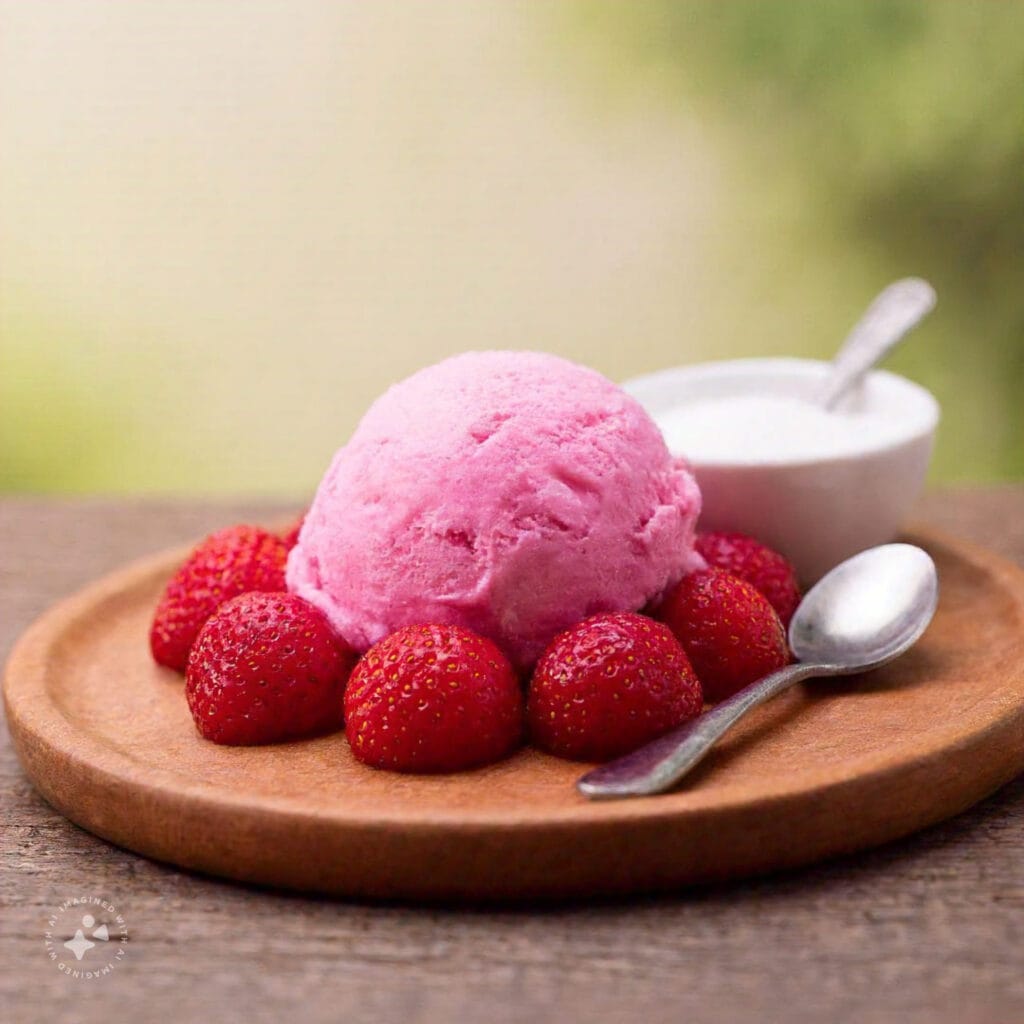
How to adjust sugar in fruit recipes:
- Reduce added sugar slightly when using sweet fruits like mango or ripe berries.
- Taste the base before freezing to ensure the sweetness is balanced.
- Use inverted sugars like honey or corn syrup to enhance smoothness, especially for sorbets.
Avoiding Over-Sweetening
Too much sugar can make ice cream overly soft, cloyingly sweet, and less enjoyable to eat. It’s important to find the right balance, especially if using multiple types of sugar.
Avoiding over-sweetening:
- Stick to a tested recipe if you’re new to ice cream making.
- Remember that alternative sweeteners like honey or agave are sweeter than sugar, so adjust quantities accordingly.
- Measure carefully: Small changes in sugar amounts can have significant effects on the texture and taste.
Using Sugars for Unique Textures
Different sugars can be used strategically to create unique textures in your ice cream. For example:
- Glucose syrup: Adds a soft, stretchy quality.
- Honey: Prevents crystallization for a smooth finish.
- Brown sugar: Creates a slightly chewy texture.
Storing and Handling Sugar-Based Ice Cream
Once your ice cream is ready, the sugar content will affect its storage properties. Ice cream with the right sugar balance is less likely to freeze too hard or develop icy crystals.
Tips for storage:
- Store ice cream in an airtight container to minimize exposure to air and prevent ice crystals.
- Keep it at a consistent temperature in the coldest part of your freezer.
- Allow it to soften for a few minutes at room temperature before serving for the best texture.
Frequently Asked Questions
Can I make sugar-free ice cream? Yes, sugar-free ice cream is possible using alternative sweeteners like stevia, erythritol, or monk fruit. These substitutes provide sweetness without the calories or glycemic impact of traditional sugar. However, since sugar also affects texture and freezing, combining sugar alternatives with stabilizers like guar gum or xanthan gum can help maintain creaminess.
What happens if I use too much sugar? Using too much sugar in your ice cream recipe can lead to several issues, including:
- An overly soft texture that doesn’t freeze properly.
- Ice cream that tastes cloyingly sweet and masks other flavors.
To fix this, reduce the sugar content in future batches and balance it with other ingredients, such as acidic fruits or unsweetened cocoa powder.
Can I mix different sugars in one recipe? Absolutely! Combining different types of sugars is a common technique to achieve a balance of flavor and texture. For example:
- Mix granulated sugar with glucose syrup for a creamier texture.
- Combine brown sugar and honey for a deep, complex sweetness.
Experimenting with sugar combinations can add unique qualities to your ice cream.
How do inverted sugars like corn syrup affect ice cream? Inverted sugars like corn syrup or glucose syrup help prevent large ice crystals from forming during freezing, resulting in a smoother texture. They also make the ice cream softer and easier to scoop. However, they should be used in moderation, as too much can lead to an overly soft consistency.
Is brown sugar better than white sugar for ice cream? Brown sugar isn’t necessarily better but offers a different flavor profile. Its molasses content adds caramel-like notes and enhances the richness of certain recipes. However, it’s less versatile than white sugar, which is neutral and works well in nearly all ice cream flavors.
Can I reduce sugar in an ice cream recipe for health reasons? You can reduce the sugar in a recipe, but it’s important to understand the impact on texture and freezing. If you cut down on sugar, consider replacing it with small amounts of alternative sweeteners or stabilizers to maintain creaminess. Alternatively, balance the recipe by using natural sweet ingredients like fruits or flavored syrups.
Conclusion
Sugar is an essential ingredient in ice cream, contributing not just sweetness but also texture, consistency, and overall stability. Whether you choose granulated white sugar for its neutrality, brown sugar for a richer flavor, or alternative sweeteners for dietary needs, each type of sugar has a unique role in crafting the perfect ice cream.
Understanding how sugar interacts with other ingredients and influences the freezing process is key to achieving a creamy, smooth, and flavorful dessert. For home cooks and professionals alike, experimenting with different sugars and combinations can open up a world of possibilities, allowing you to tailor your ice cream to personal tastes and preferences.
By mastering the art of sugar selection, you can elevate your ice cream recipes to a professional level, creating desserts that are as delightful in texture as they are in taste. So, whether you’re sticking to traditional sugars or exploring modern alternatives, remember that the right sugar makes all the difference in crafting the perfect scoop.
You might also like:

